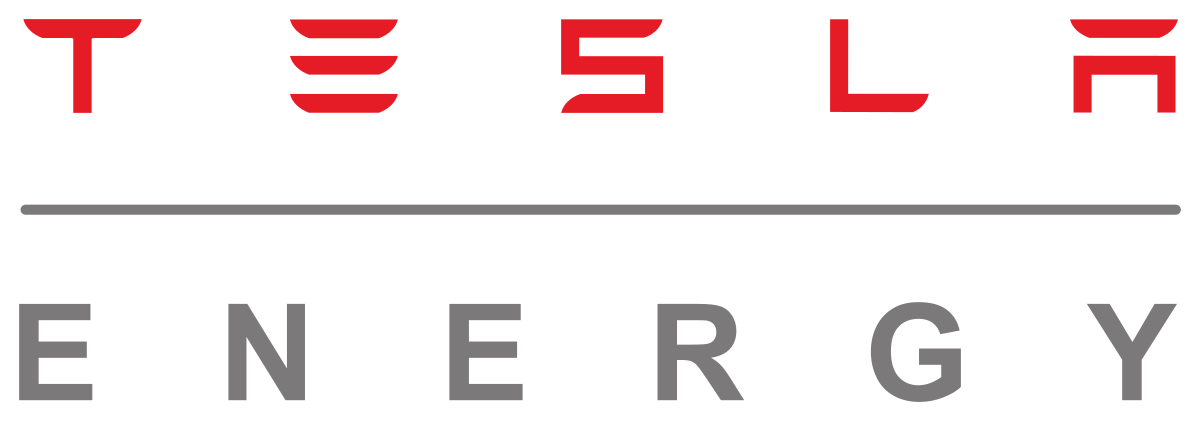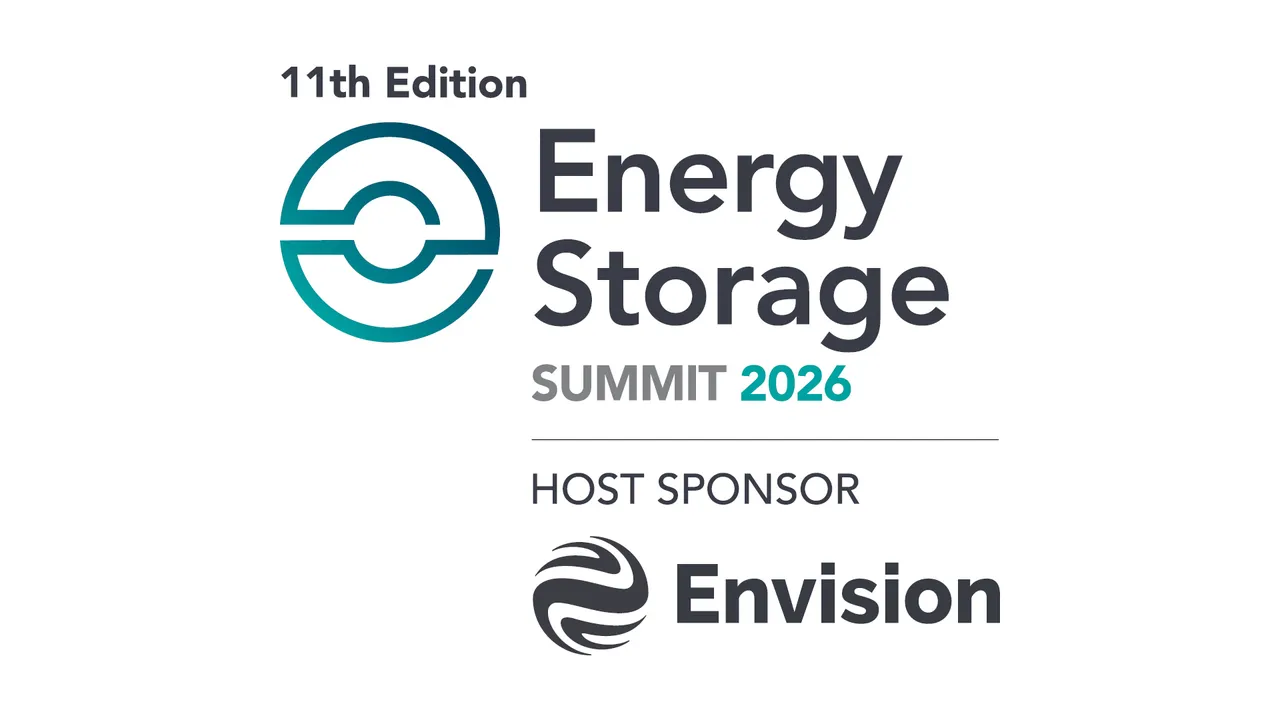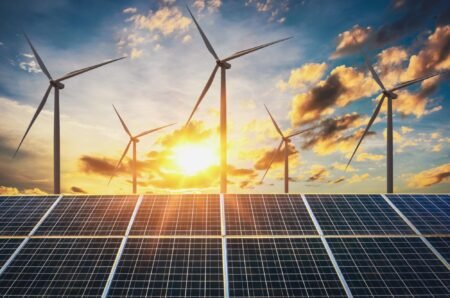Market Analysis and Global Demand Forecasts for Hydrogen Fuel and Fueling Infrastructure to Support Fuel Cell Cars, Buses, Forklifts, Scooters, and Stationary Power.
NEW YORK,
Reportlinker.com announces that a new market research report is available in its catalogue:
Hydrogen is widely used for its chemical properties in a range of industrial applications. Fuel cells that use direct hydrogen are opening up a new business opportunity for hydrogen suppliers – one with potentially high demand if some key markets take off. The key direct hydrogen fuel cell applications that are currently seeing traction are light duty vehicles, forklifts, buses, stationary power, and scooters. These fuel cell markets present different infrastructure buildout pathways, with varying opportunities and challenges.
There is no one clear business model for the hydrogen infrastructure market at present. Currently, the major players in hydrogen fueling are large multinationals: the industrial gas companies, and the energy and gas companies, both those that operate retail gas stations and those that provide fuels for the grid. These companies tend to favor large-scale hydrogen infrastructure options. Some smaller “independent” hydrogen suppliers that are developing and marketing smaller onsite hydrogen generator technologies could offer a more modular path to hydrogen infrastructure buildout. Yet another pathway is presented by vehicles using very small quantities of hydrogen, such as scooters. These vehicles can be fueled by small solid state hydrogen cartridges, which are readily distributed in retail outlets.
This Pike Research report analyzes the dynamics of global demand for hydrogen fuel and the infrastructure investments that will support fueling stations for fuel cell light duty vehicles, buses, forklifts, scooters, and stationary power applications. The study includes an examination of market issues, technology issues, and the competitive landscape within the hydrogen infrastructure industry. Market forecasts for hydrogen demand and fueling infrastructure, segmented by application and geography, are provided through 2020.
Key Questions Addressed:
-Which fuel cell applications will drive hydrogen demand?
-What different challenges or opportunities does each fuel cell application present?
-Who are the key players in the hydrogen fueling market and what are their roles?
-Which countries are most focused on building infrastructure for light duty fuel cell vehicles?
-What are the key technical and economic issues facing hydrogen infrastructure buildout?
-How many hydrogen stations have been built? How many are projected to be built through 2020?
-How much investment in hydrogen stations is projected through 2020?
Who needs this report?
-Industrial gas companies
-Energy and gas companies
-Fuel cell companies
-Automakers
-Enabling technology vendors
-Government agencies
-Investment community
-Industry associations and standards organizations
-Non-profit organizations and advocacy groups
Table of Contents
1. Executive Summary
1.1 Introduction
1.1.1 Fuel Cell Light-Duty Vehicles
1.1.2 Fuel Cell Transit Buses
1.1.3 Fuel Cell Forklifts
1.1.4 Stationary Fuel Cells
1.2 State of Hydrogen Station Development as of 2010
1.3 Global Hydrogen Demand
2. Market Issues
2.1 The Global Hydrogen Market
2.2 Production Levels
2.3 Hydrogen Production
2.4 Distribution and Storage
2.5 Market Dynamics
2.6 Hydrogen Pricing
3. Technology Issues
3.1 Pathways for Hydrogen Fueling
3.2 Pipeline Delivery
3.3 Delivery by Truck or Trailer
3.4 On-Site Reformation
3.5 On-Site Electrolysis
3.6 Solid-State Canisters and Cartridges
3.7 Summary of Hydrogen Delivery Options
4. Competitive Landscape for Hydrogen Fueling
4.1 Introduction
4.2 Industrial Gas Companies
4.3 Energy Companies
4.4 Gas and Utility Companies
4.5 Alternative or Independent Hydrogen Providers
4.6 Summary of Significant Players in Hydrogen Fueling
5. Fuel Cell Hydrogen Markets
5.1 Direct Hydrogen Fuel Cells and Applications
5.2 Fuel Cell Light-Duty Vehicles
5.2.1 Fuel Cell LDV Market and Hydrogen Demand
5.2.2 FCV Infrastructure Issues
5.2.2.1 Onboard Hydrogen Storage Costs
5.2.2.2 Hydrogen Station Costs
5.2.2.3 Hydrogen Fuel Costs
5.2.2.4 Matching Station Production to Demand
5.2.3 Future Retail Station Buildout Models
5.3 Fuel Cell Buses
5.3.1 State of Fuel Cell Bus Market
5.3.2 Fuel Cell Bus Infrastructure Issues
5.3.2.1 Station Technology
5.4 Fuel Cell Forklifts
5.4.1 State of Fuel Cell Forklift Market
5.4.2 Warehouse Fueling Infrastructure Issues
5.4.2.1 Hydrogen Demand and Cost
5.4.2.2 Competitor Technology Infrastructure
5.5 Status of Global Hydrogen Infrastructure for Vehicles, 2008-2010
5.5.1 Current Station Rollout Models
5.5.1.1 Germany‘s H2 Mobility
5.5.1.2 Scandinavian Hydrogen Highway Partnership (SHHP)
5.5.1.3 California
5.5.1.4 East Coast Hydrogen Highway
5.5.1.5 Hawaii
5.5.1.6 Japan
5.6 Bikes and Scooters
5.6.1 Infrastructure Issues
5.7 Stationary Fuel Cells
5.7.1 Level of Hydrogen Demand
5.7.2 Stationary Hydrogen Demand in 2010
5.8 Other Potential Direct Hydrogen Fuel Cell Markets
5.8.1 Portable Fuel Cells
5.8.2 Unmanned Aerial Vehicles
5.8.3 Marine
5.9 Hydrogen as Energy Storage for Intermittent Renewables
5.9.1 Business Case for Hydrogen-Based Energy Storage
6. Key Industry Players
6.1 Industrial Gas Companies
6.1.1 Air Liquide
6.1.2 Air Products
6.1.3 Linde
6.1.4 Praxair
6.2 Independent Infrastructure Developers
6.2.1 H2 Logic
6.2.2 Hydrogenics
6.2.3 ITM Power
6.2.4 Nuvera
6.2.5 Proton Onsite and SunHydro
7. Market Forecasts
7.1 Forecast Assumptions
7.2 Global Hydrogen Demand: 2010-2020
7.3 Fuel Cell Applications by Region
7.3.1 LDVs by Region: 2010-2020
7.3.2 Buses by Region: 2010-2020
7.3.3 Forklifts by Region: 2010-2020
7.3.4 Stationary UPS by Hemisphere: 2010-2020
7.3.5 Scooters by Region: 2010-2020
7.4 Station Forecasts
7.4.1 LDV and Bus Station Buildout by Region: 2010-2020
7.5 Station Investment
7.5.1 Capital Investment in Hydrogen Fueling by Region: 2010-2020
7.5.2 Breakdown of Public vs. Private Investment in Stations
8. Company Directory
9. Acronym and Abbreviation List
10. Table of Contents
11. Table of Charts and Figures
12. Scope of Study, Sources and Methodology, Notes
List of Charts and Figures
LDV, Bus, and Forklift Stations in Operation by Region, World Markets: 2008-2010
Hydrogen Demand from LDVs, Buses, Forklifts, UPS, and Scooters, World Markets: 2010-2020
FCV (Light-Duty Car and Truck) Adoption by Region, World Markets: 2010-2020
FC Transit Buses by Region, World Markets: 2010-2020
FC Hydrogen Forklifts by Region, World Markets: 2010-2020
LDV, Bus, and Forklift Stations in Operation by Region, World Markets: 2008-2010
Stationary Fuel Cell Deployments by Fuel: 2010
Hydrogen Demand from LDVs, Buses, Forklifts, UPS, and Scooters by Region, World Markets: 2010-2020
Percentage of Global Hydrogen Demand from LDVs, Buses, Forklifts, UPS, and Scooters by Region, World Markets: 2010-2020
Hydrogen Demand by Application, World Markets: 2010-2020
Percentage of Hydrogen Demand by Application, World Markets: 2010-2020
LDV Hydrogen Demand by Region, World Markets: 2010-2020
Bus Hydrogen Demand by Region, World Markets: 2010-2020
Forklift Hydrogen Demand by Region, World Markets: 2010-2020
Stationary UPS Hydrogen Demand by Hemisphere, World Markets: 2010-2020
Scooter Hydrogen Demand by Region, World Markets: 2010-2020
LDV, Bus, and Forklift Stations in Operation by Region, World Markets: 2010-2020
Investment in LDV, Bus, and Forklift Stations by Region, World Markets: 2010-2020
Public vs. Private Investment in LDV, Bus, and Forklift Stations, World Markets: 2010-2020
Hydrogen Production, World Markets: 2005-2010
Worldwide Hydrogen Production by U.S. and Non-U.S: 2005-2010
Map of U.S. Industrial Hydrogen Production Facilities: 2006
Estimated North American Merchant Liquid and Compressed Gas Hydrogen Production Capacity by Manufacturer
Estimated European Merchant Liquid and Compressed Gas Hydrogen Production Capacity by Manufacturer
Hydrogen Fueling Pathways
Schematic of Steam Methane Reforming to Produce Hydrogen
PEM Fuel Cell Schematic
Vehicle Duty-Cycle Matrix
Relative Volume Needed for Hydrogen Storage to Achieve > 300-Mile Range
General Motors’ Comparison of Diesel, Hydrogen, and Batteries
Levelized Cost of Hydrogen Using Seven Pathways: 2009
Germany‘s Potential Hydrogen Stations Rollout: 2011 and 2020
Scandinavia 2015 Vision
California Hydrogen Stations in 2011
Reasons for Blackouts in the United States
Hydrogen Required to Fuel UAVs for a Single Remote Monitoring Station
List of Tables
FCV (Light-Duty Car and Truck) Adoption by Region, World Markets: 2010-2020
FC Transit Buses by Region, World Markets: 2010-2020
FC Hydrogen Forklifts by Region, World Markets: 2010-2020
LDV, Bus, and Forklift Stations in Operation, World Markets: 2008-2010
Stationary Fuel Cell Deployments by Fuel: 2010
Hydrogen Demand from LDVs, Buses, Forklifts, UPS, and Scooters by Region, World Markets: 2010-2020
Hydrogen Demand by Application, World Markets: 2010-2020
LDV Hydrogen Demand by Region, World Markets: 2010 -2020
Bus Hydrogen Demand by Region, World Markets: 2010-2020
Forklift Hydrogen Demand by Region, World Markets: 2010-2020
Stationary UPS Hydrogen Demand by Region, World Markets: 2010-2020
Stationary UPS Hydrogen Demand by Hemisphere, World Markets: 2010-2020
Scooter Hydrogen Demand by Region, World Markets: 2010-2020
LDV, Bus, and Forklift Stations in Operation, World Markets: 2010-2020
Investment in LDV, Bus, and Forklift Stations, World Markets: 2010-2020
Public vs. Private Investment in LDV, Bus, and Forklift Stations, World Markets: 2010-2020
To order this report:






